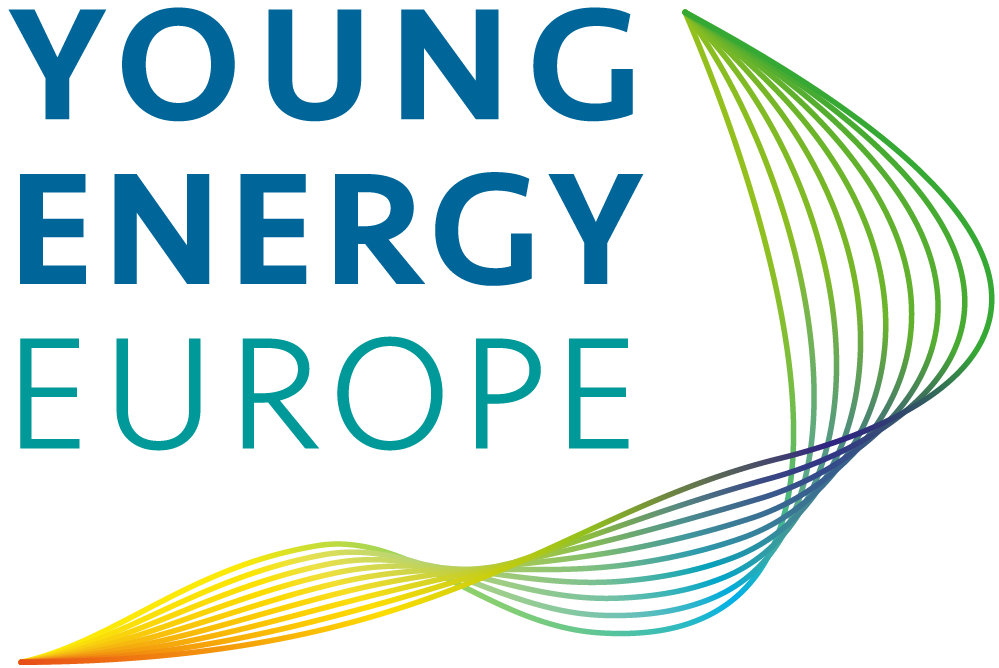Roughly 3,900 people work for Deutsche Telekom IT Solutions Slovakia, which is based on Kosice, making it the second biggest employer in eastern Slovakia. The company provides information and communications technology (ICT) solutions for the global corporate clients of the Deutsche Telekom Group.
Energy Scouts Dominika Suranova, Radovan Vasko and Stanislav Dobrotka decided to investigate the heating system and search for optimization potential, because one of the buildings they work in was already build in the 1980s/90s. The so called BCT 1 building is actually a complex of buildings, divided into six branches, which grew over time. All BCT1 buildings are heated with heat from a centralized heat supplier. Distribution used to be solved by fixed flow settings to individual branches. The temperature regulation was solved equithermally as a whole. Equithermal regulation (ER) is a method of boiler control, in which the temperature of the heat carrier is regulated depending on the outside air temperature.
The heat source for the object is the local district heating company. A secondary heat circuit is driven by hot water circulation pumps, from where it is led to the main distributor and collector. From there, the heating water is distributed to the individual points of consumption.
Equithermal regulation takes into account the outside temperature
The three Energy Scouts proposed a central heating regulation with equithermal regulation by mixing + zoning and additional equithermal regulation of the six branches. By doing so, the flow temperature can be set at the lowest possible level, saving a lot of heat energy.
Basically, it is a secondary regulation of the temperature of the heating water before entering the individual objects, based on the outside temperature, taking into consideration the internal temperature in the reference rooms. In addition to significant energy savings, this object regulation has the advantage of allowing individual control of the heating of individual rooms or zones.
The implementation will be monitored and checked throughout the next heating season, but the Energy Scouts expect energy savings of approximately 15%, which would mean savings of 162 MWh of heat per year. The CO2 savings after implementation are estimated at 38.9 t CO2 per year. The one-time investment costs are calculated at € 45,000, but the financial savings at € 25,624 per year, so the investment pays back in less than 2 years.
The project combines energy cost savings and reduction of CO2-emissions on the one side, but also offers a much better individual control of the heating of the different parts of the building complex.
Heating
- Industry sector: IT and telecommunications
- Energy source: hot water from district heating
- Energy savings potential: 162 MWh/year
- CO2 savings potential: 38.9 tons CO₂/year
- Potential cost reduction: 25,624 €/year
- Investment costs: 45,000 €
- Payback period: 1 year and 11 months
- Company:
Deutsche Telekom Systems Solutions Slovakia s.r.o.
Moldavská cesta 8B
040 11 Košice
Slovakia





